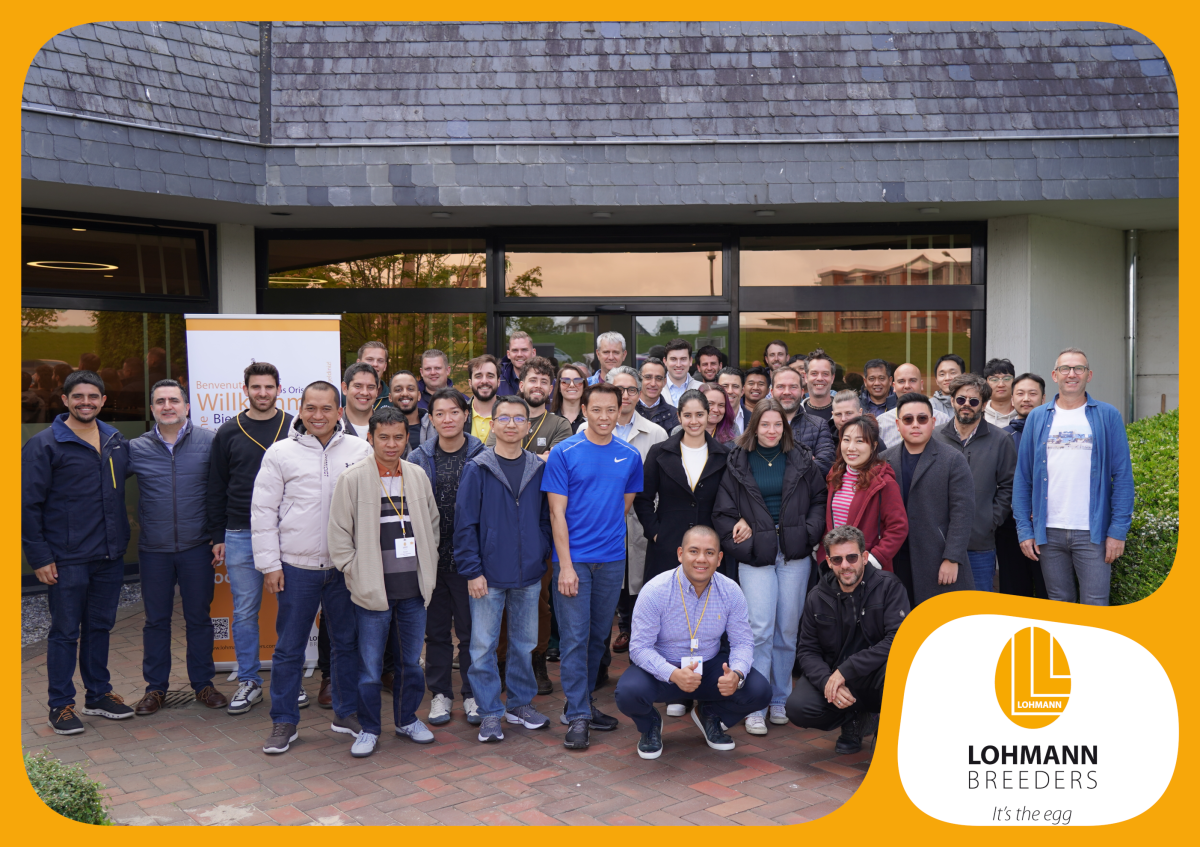Housing and brooding periods are one of the most critical phases in whole life of a laying hen. This stage along with proper rearing to achieve a top-quality pullet, are the main pillars of a successful laying period.
Nevertheless, in practice the importance and sufficient attention to details and the ins and outs of these periods are unfortunately often overlooked. Any failure or mistake may affect the whole life of a laying hen and are not reversible.

The day-old-chickens are very vigorous and strong new-born creatures. Hatching out of a strong eggshell, the whole hatchery procedures and transport to farm are real challenging incidents, they go through.
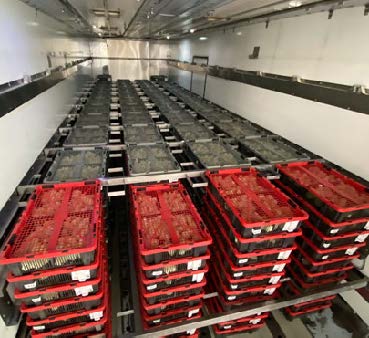
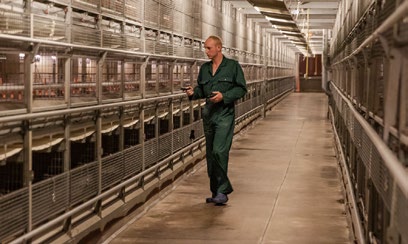
At placement and during brooding period, optimal chick body temperature can just be provided through correct environmental conditions including correct ambient temperature and relative humidity besides minimum ventilation to supply fresh air and oxygen demand.
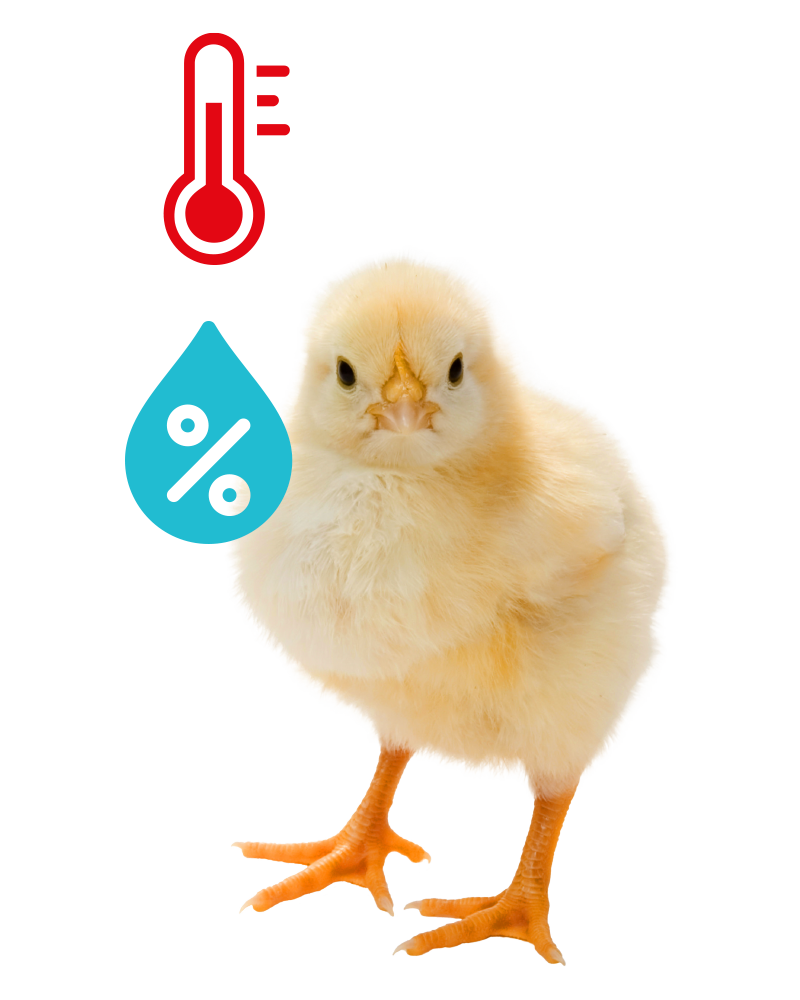
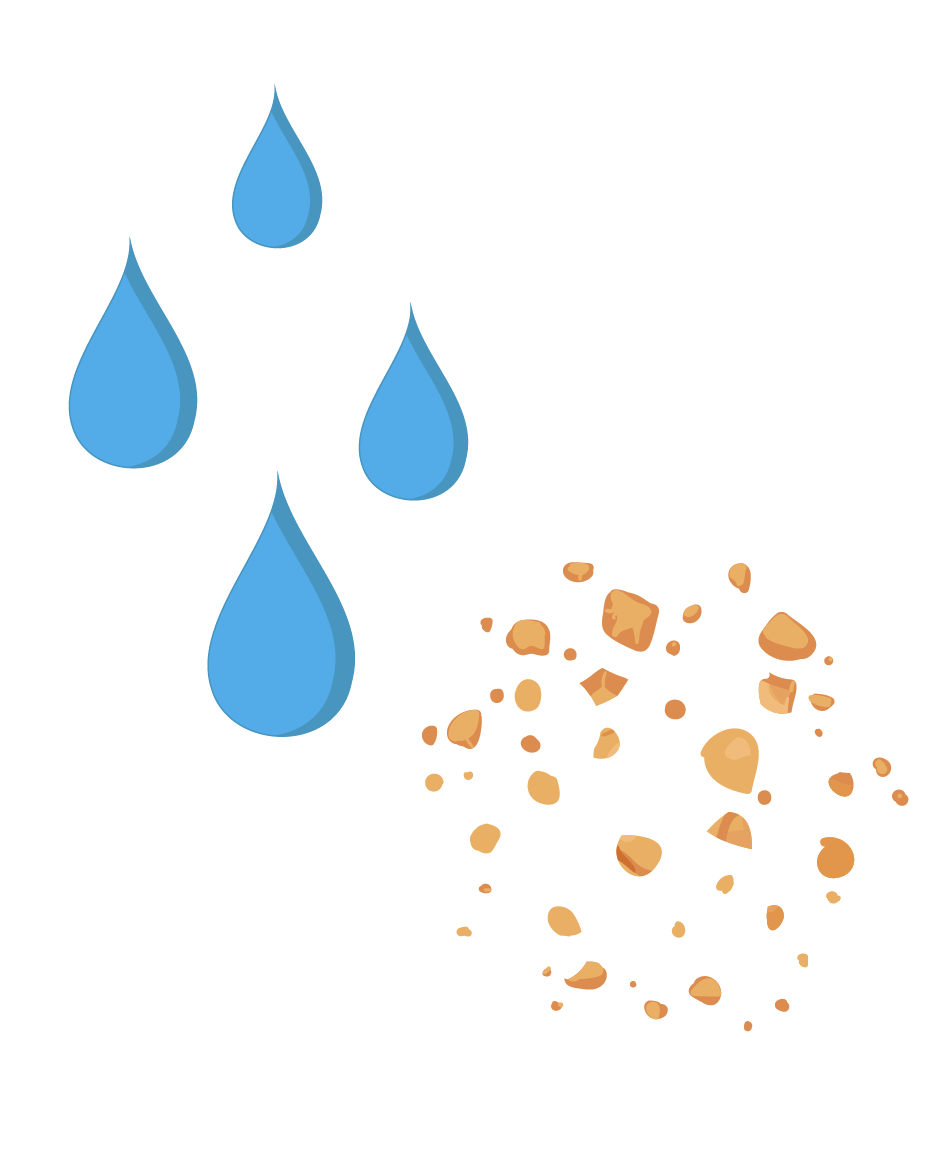
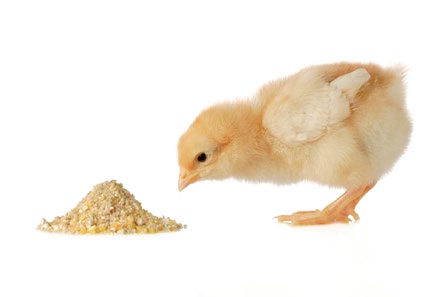

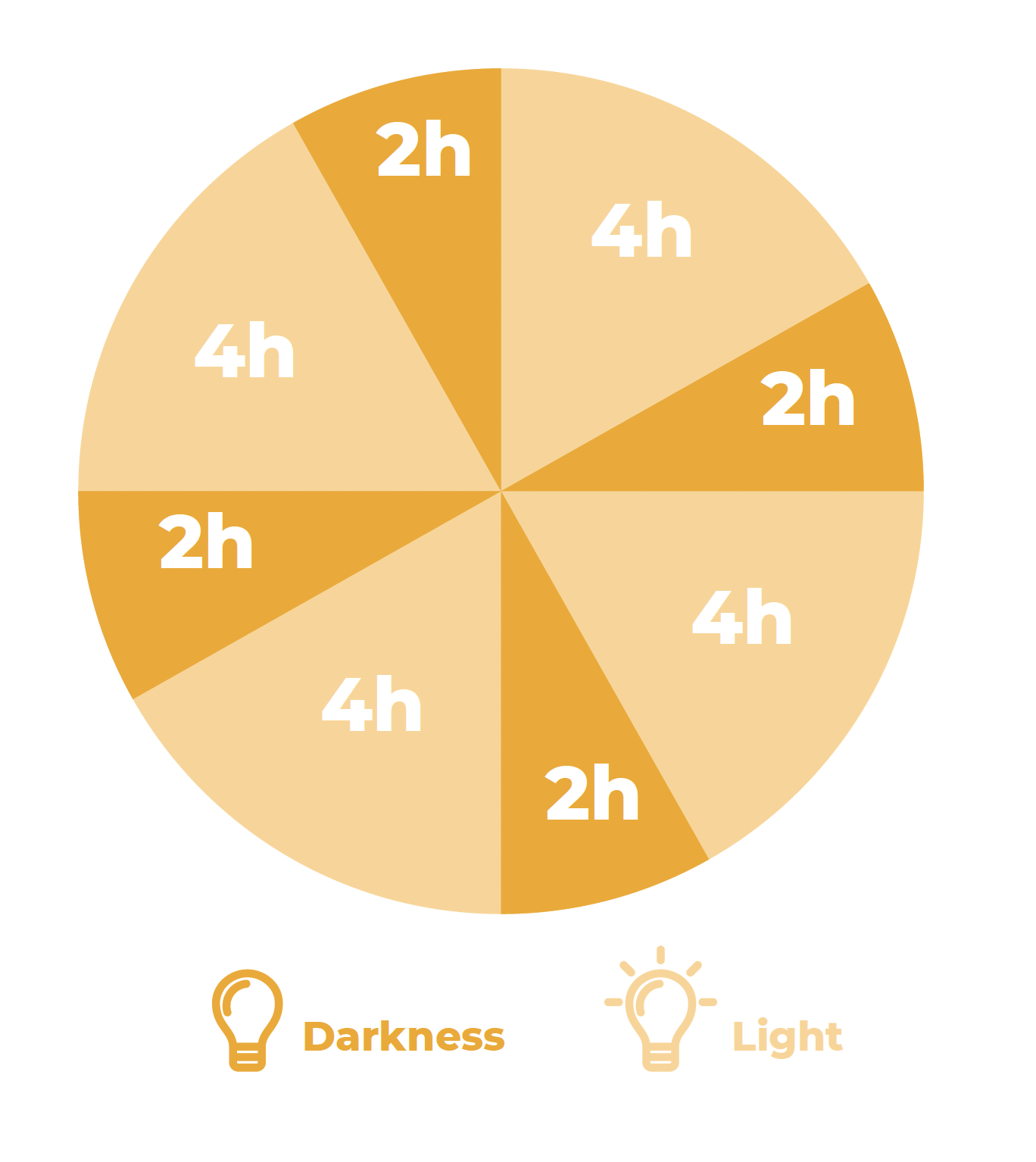
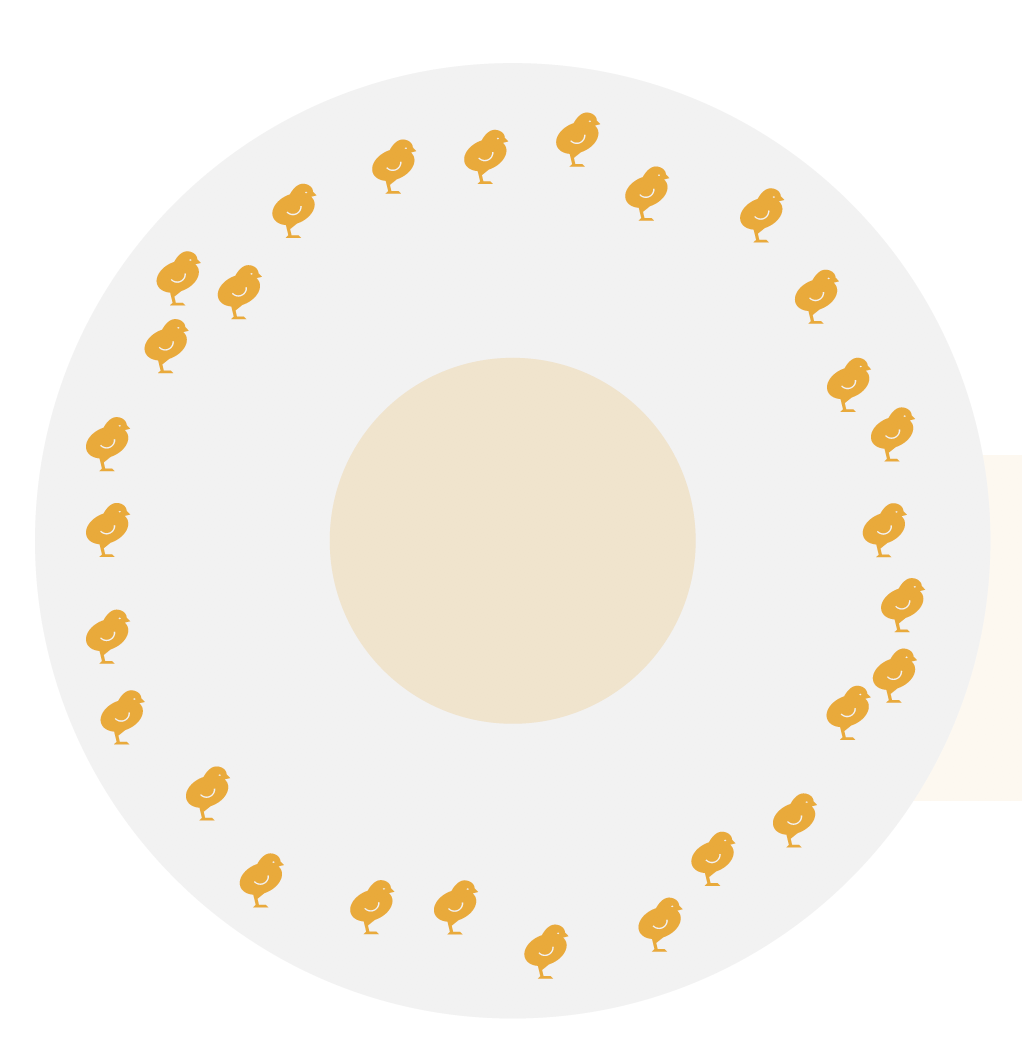
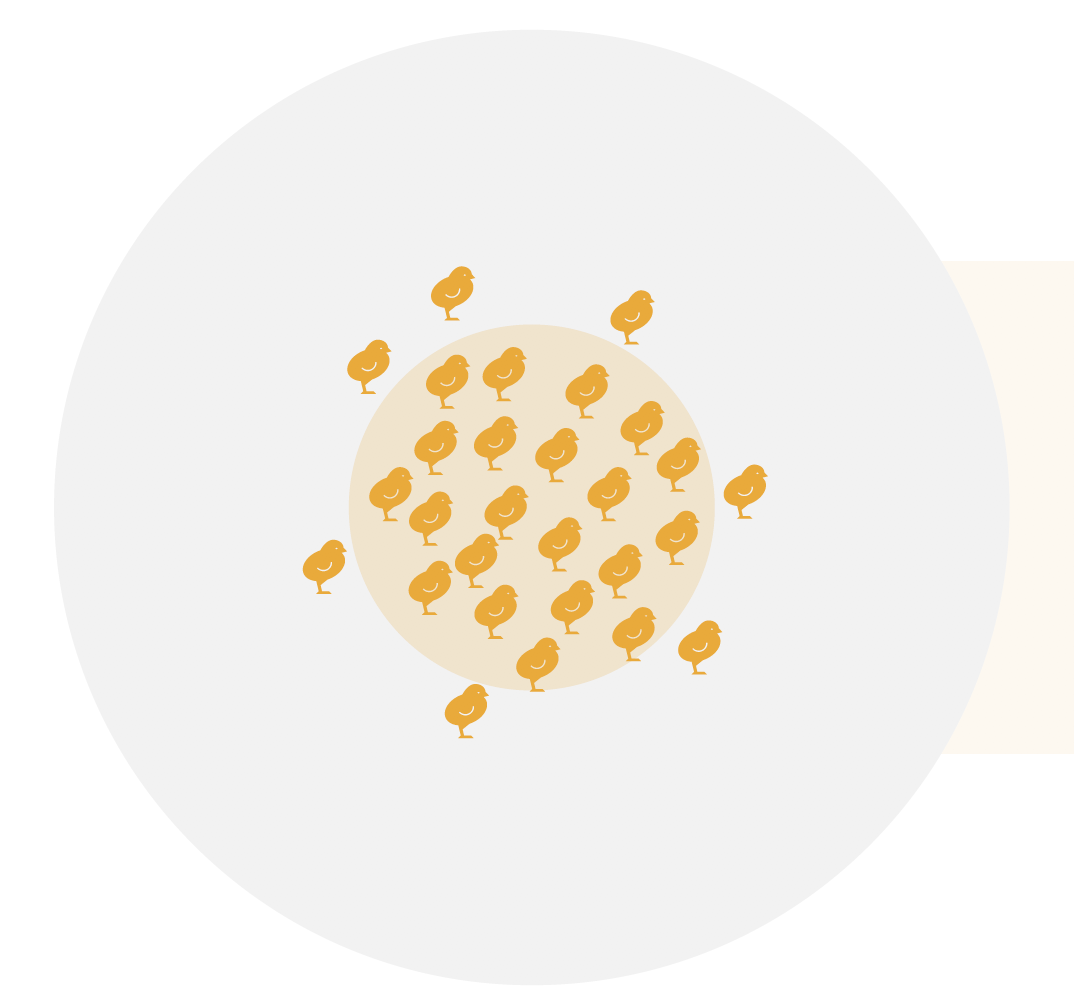
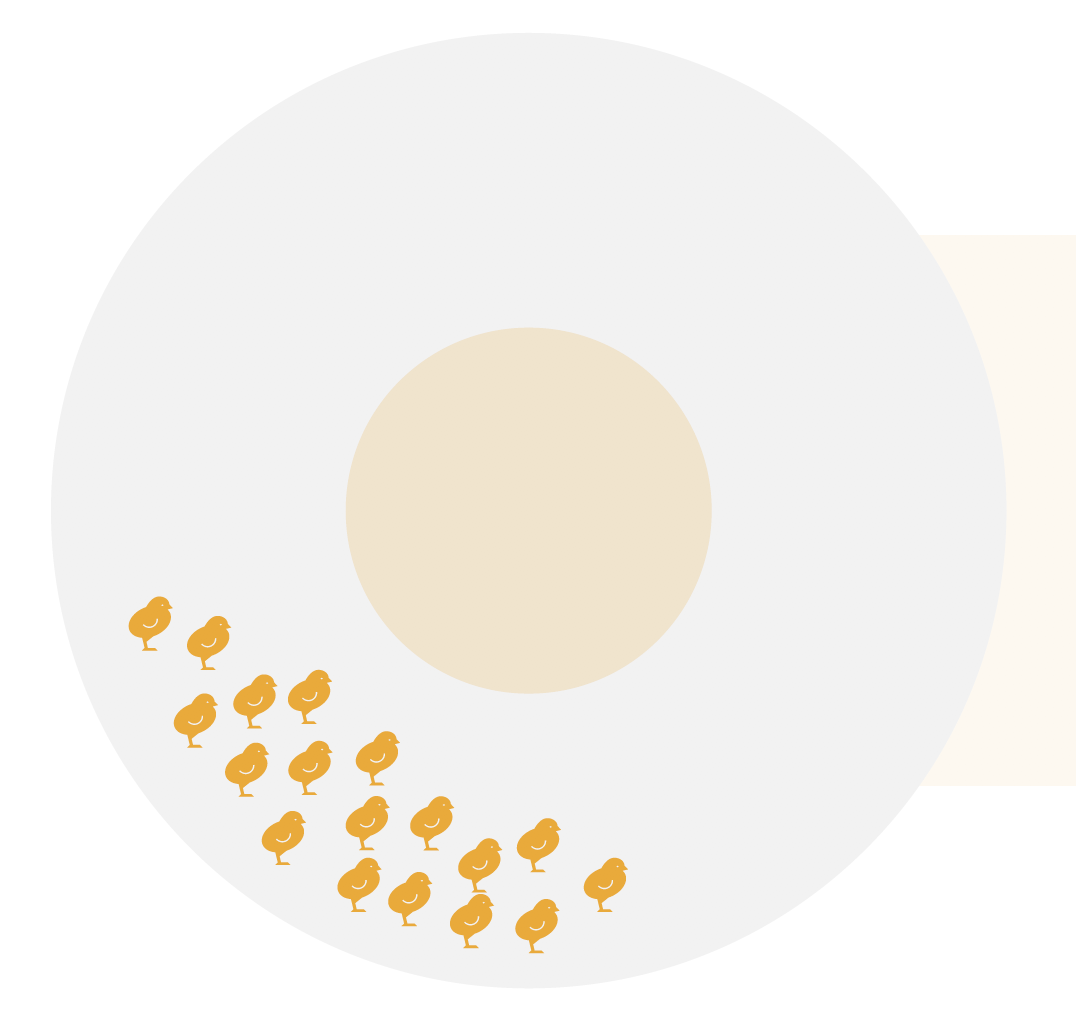
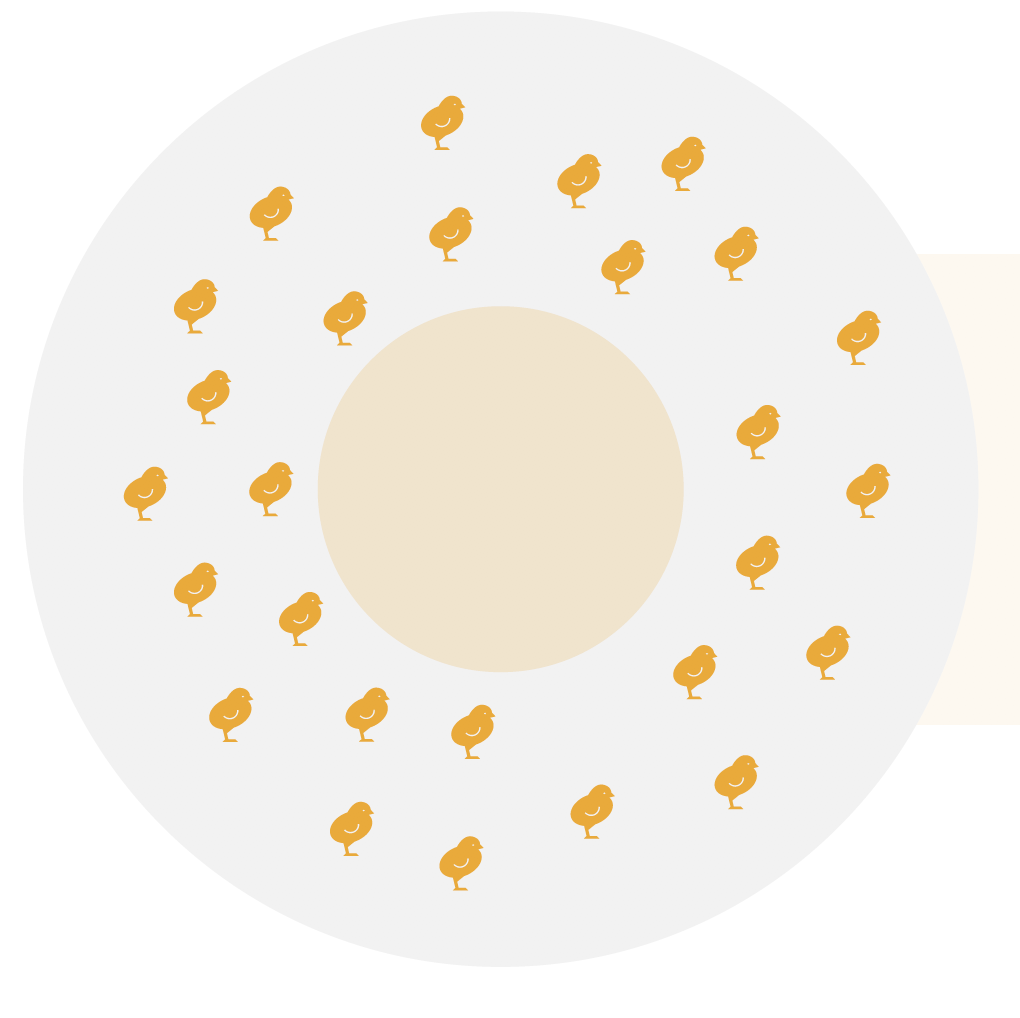
The best indicator to judge the correct house temperature besides the chick’s behaviour, is to measure their body temperature, the optimum is between 40-41°C (104-106°F).
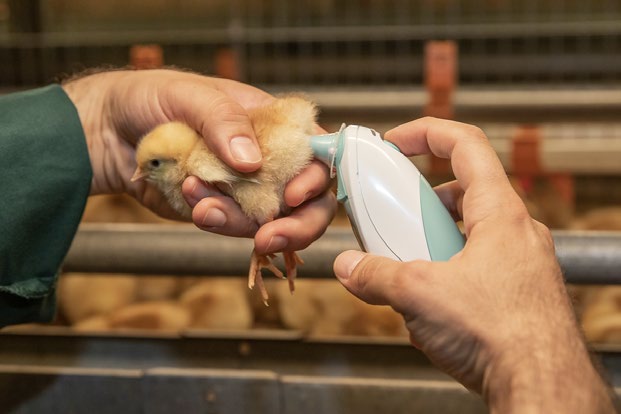
The proper drinker’s height and correct water temperature are very often uncared during housing and brooding period. The right drinking angle for chicks is between 35-45° and the appropriate drinking water temperature is between 20-25°C (68-77°F).
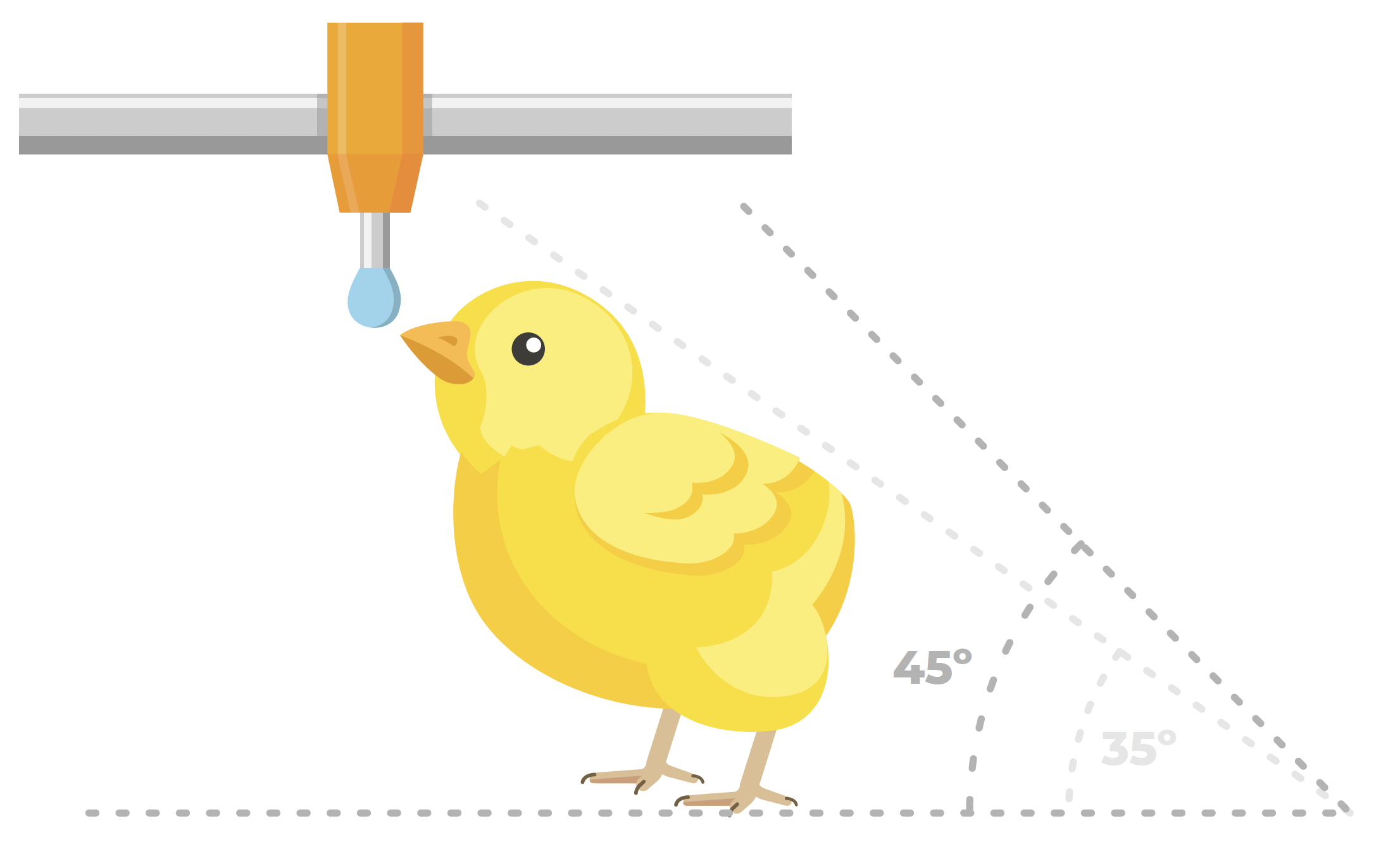
Regular Crop Checks some hours after housing, help advise you on feed uptake and is one of the best indicators for correct housing conditions.
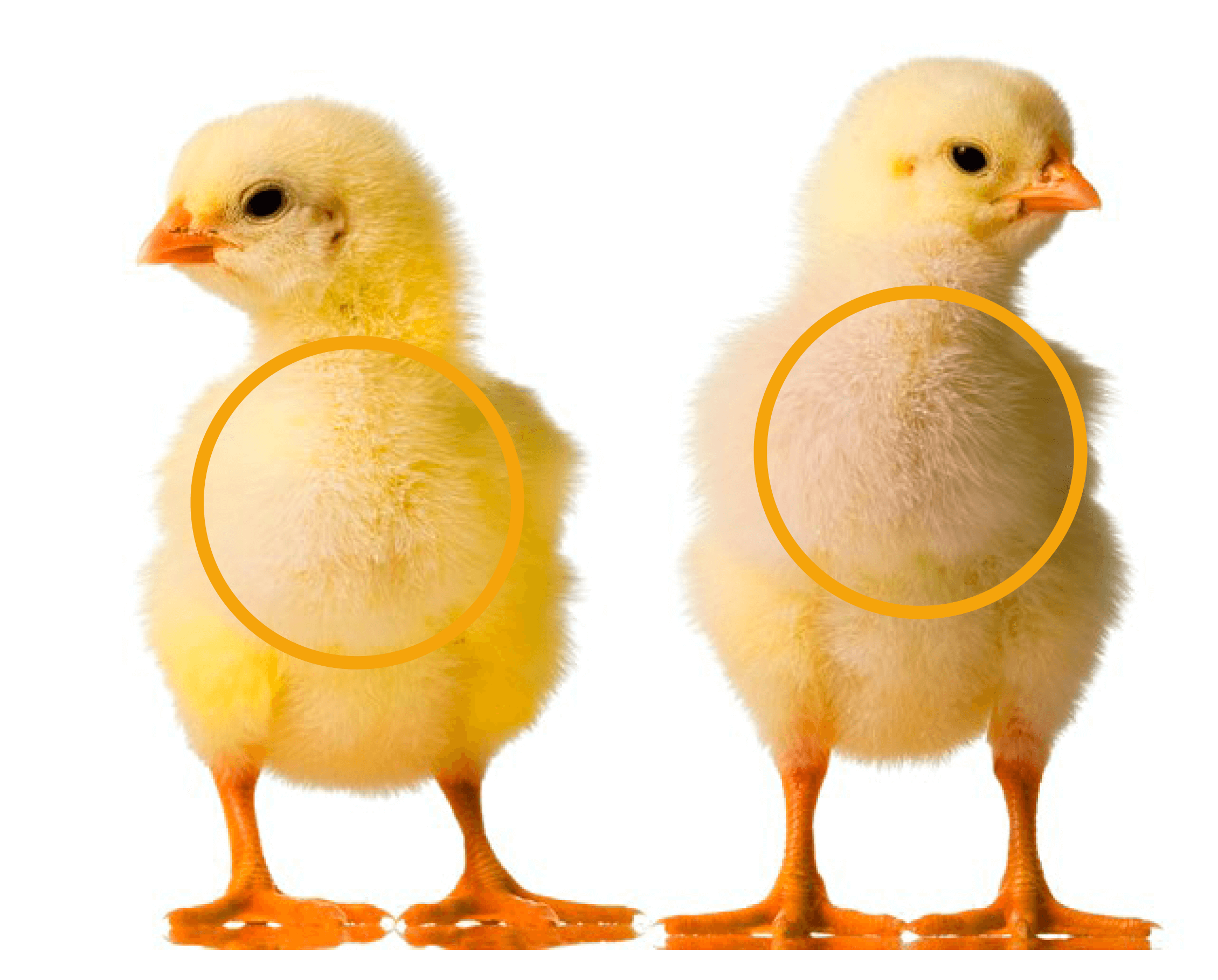
In particular, correct ambient temperature and relative humidity are one of the most crucial parameters specially during first 5 days, as long as the chicks are unable to regulate their own body temperature.
Nevertheless, in practice the importance and sufficient attention to details and the ins and outs of these periods are unfortunately often overlooked. Any failure or mistake may affect the whole life of a laying hen and are not reversible.
Handle with Care

The day-old-chickens are very vigorous and strong new-born creatures. Hatching out of a strong eggshell, the whole hatchery procedures and transport to farm are real challenging incidents, they go through.
On the other hand, we must keep in mind that they are sensitive and vulnerable baby chicks, totally dependent on their environment conditions, provided by us.
Consequently, they must be handled gently and with care while all their needs are provided at the best.
Transport
Environmentally controlled vehicles must be used to transport the day-old-chickens from hatchery to the farm.Proper temperature, humidity and ventilation should be ensured during the whole transport period.

House Preparation
All arrangement must be made in advance to ensure appropriate housing conditions and brooding set-up.The focus should be to unload and place the chicks as quickly as possible. Highest levels of biosecurity measures must be safeguarded before chick arrival.

Heat & Humidity
As a matter of fact, the chicks are not able to regulate their body temperature during first days of life. Therefore, incorrect ambient temperature has a direct negative impact on their body temperature.At placement and during brooding period, optimal chick body temperature can just be provided through correct environmental conditions including correct ambient temperature and relative humidity besides minimum ventilation to supply fresh air and oxygen demand.
Veritably, under low body temperatures, chicks are not able to adjust their metabolism. The negative consequences are devasting such as risk of yolk sack infection, malfunction of immune system, susceptibility to bacterial infections, insufficient body weight gain and high mortality rates.
The best indicator to judge the proper ambient temperature and conditions, are the chick behaviour and their body temperature measured by professional baby thermometers.


Water & Feed
Early and easy access to fresh, clean water and good-quality feed is essential for development of gastrointestinal tract, immune system and helps residual yolk to be absorbed more quickly.The proper feed type and structure, correct water temperature and adjusted drinkers’ height are crucial. Checking the crops some hours after housing and during first days is the best way to examine feed intake by chicks.


Light
High light intensity out of proper light sources without any shadow points must be provided at housing and during the first days. Finding water and feed and get settled in their new environment must be secured for day-old-chicks.The intermittent lighting program is an easy tool to stimulate weaker hatchlings by stronger ones and ensure their resting and activity time.
This tool can be applied during first week and up to 10 days which verifiably causes more uniform behaviour and better bodyweight gain of the flock and will reduce the first week mortality.

Chicks’ behaviour
Chicks’ behaviour is one of the best indicators of their well-being and right housing conditions explicitly temperature.
Too high tempratures: Chicks go away from heat source. They droop the wings and start to pant and are less noisy.

Too low temperatures: Chicks crowding and piling together near heat source. Their sound signifies distress call and rigid posture can be observed.

Draught or uneven light distribution: Chicks gather in specific corners, uneven temperature or darker spots, high ventilation rates and draught could be some of the reasons.

Correct temprature: Chicks are evenly spread moving, drinking and eating. Very normal sound without distress call will be precieved.
The best indicator to judge the correct house temperature besides the chick’s behaviour, is to measure their body temperature, the optimum is between 40-41°C (104-106°F).

The proper drinker’s height and correct water temperature are very often uncared during housing and brooding period. The right drinking angle for chicks is between 35-45° and the appropriate drinking water temperature is between 20-25°C (68-77°F).

Regular Crop Checks some hours after housing, help advise you on feed uptake and is one of the best indicators for correct housing conditions.

Conclusion
An extra care and close attention must be paid to day-old-chickens during first days of their lives. Housing must be realized as quickly as possible but handled with especial care the whole time.In particular, correct ambient temperature and relative humidity are one of the most crucial parameters specially during first 5 days, as long as the chicks are unable to regulate their own body temperature.
Unquestionably, proper housing and brooding besides optimum rearing management to achieving top pullet quality, are the foundation stones for decent start of production period and the key for a successful laying cycle.



